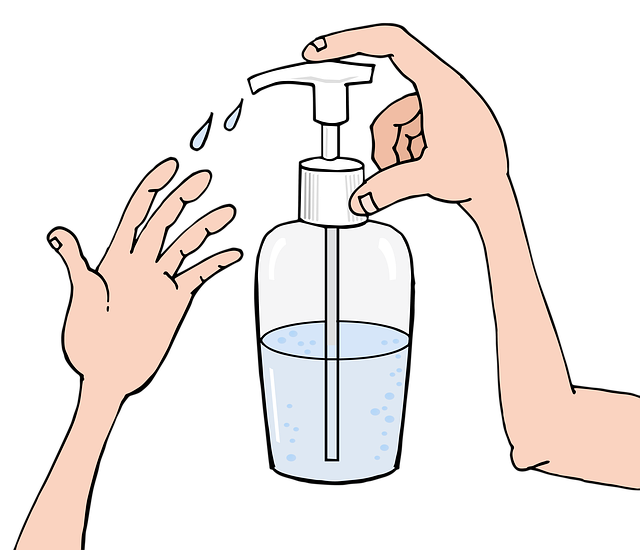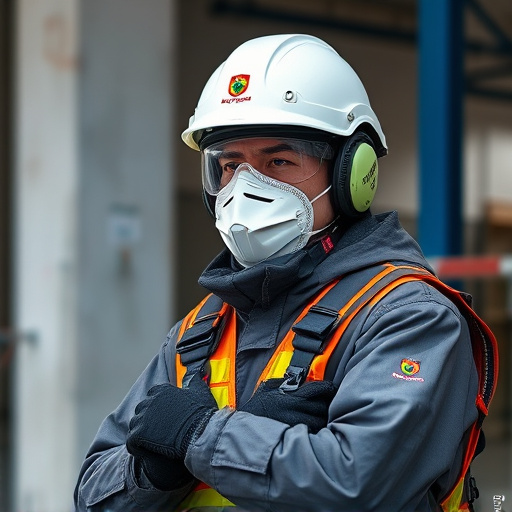Reusable air filters with washable intakes provide an eco-friendly alternative to disposables, reducing environmental impact and waste. Made from high-quality materials, these filters capture 99% of airborne pollutants, allergens, and particles, maintaining efficiency through regular cleaning. Proper care allows for multiple uses before replacement, making them a cost-effective and sustainable solution for maintaining indoor air quality while minimizing energy usage and particulate buildup. Structured maintenance based on manufacturer guidelines ensures optimal filtration effectiveness over time.
In today’s world, indoor air quality is a growing concern. Understanding how filtration effectiveness changes over time is essential for maintaining healthy environments. This article explores two prominent alternatives: reusable air filters and washable filters. We delve into their unique benefits and performance, focusing on longevity. By examining real-world applications, we guide readers on how to maintain optimal filtration effectiveness, ensuring clean air for years to come, particularly through the use of reusable air filter intakes and washable components.
- Reusable Air Filters: A Sustainable Alternative
- Washable Filter Performance and Longevity
- Maintaining Optimal Filtration Effectiveness Over Time
Reusable Air Filters: A Sustainable Alternative

Reusable air filters offer a sustainable alternative to traditional disposable filters, with their washable design allowing for long-term use and reduced environmental impact. Unlike single-use filters that need frequent replacement, reusable options are designed to withstand regular cleaning, ensuring continuous efficient performance. This eco-friendly approach not only cuts down on waste but also provides cost savings over time. With proper care, these filters can filter air effectively for extended periods, making them a popular choice for those seeking both environmental and economic benefits.
In terms of functionality, reusable air filters with washable intakes are typically made from high-quality materials that capture pollutants, allergens, and other harmful particles. The washing process involves removing accumulated debris and replacing the filtering media if necessary, ensuring the filter maintains its efficiency. This longevity in use contributes to a reduced carbon footprint, as it diminishes the demand for frequent production and disposal of new filters, thereby promoting a more sustainable lifestyle.
Washable Filter Performance and Longevity

Reusable air filters, particularly those designed for washable intake systems, offer a unique advantage in terms of performance and longevity. These filters are engineered to capture and remove contaminants such as dust, pollen, and even fine particles from the air, ensuring cleaner breathing environments. Their efficiency is notable, with many models claiming to filter up to 99% of airborne pollutants.
Over time, washable filters can maintain their effectiveness if properly cared for. Regular cleaning, often done by simply rinsing or vacuuming, removes accumulated debris and restores the filter’s performance. This makes them an eco-friendly and cost-effective alternative to disposable filters, as they can be used multiple times before needing replacement. The longevity of these filters not only reduces waste but also provides peace of mind, knowing that your indoor air quality remains consistent throughout their service life.
Maintaining Optimal Filtration Effectiveness Over Time

Maintaining optimal filtration effectiveness over time is crucial for ensuring efficient and healthy operation, especially with reusable air filter intakes and washable components. Regular cleaning and maintenance are key; particulate matter can accumulate over time, reducing airflow and increasing energy consumption. A structured schedule for filter cleaning or replacement, depending on the manufacturer’s recommendations and usage intensity, is essential.
Reusable air filter intakes offer a sustainable advantage as they reduce waste generation compared to disposable filters. Washable designs allow for easy cleaning, extending their lifespan. During maintenance, it’s important to thoroughly clean or replace filter media, ensuring no debris or buildup remains. This simple step goes a long way in maintaining optimal filtration effectiveness, contributing to better indoor air quality and energy efficiency over the long term.
In conclusion, both reusable air filters and washable filters offer significant advantages in terms of sustainability and cost-effectiveness. While reusable filters provide an eco-friendly alternative to disposables, regularly washing and maintaining washable filters ensures optimal filtration effectiveness over time. By choosing either option, individuals can improve indoor air quality and reduce their environmental impact, promoting a healthier and more sustainable living environment.














